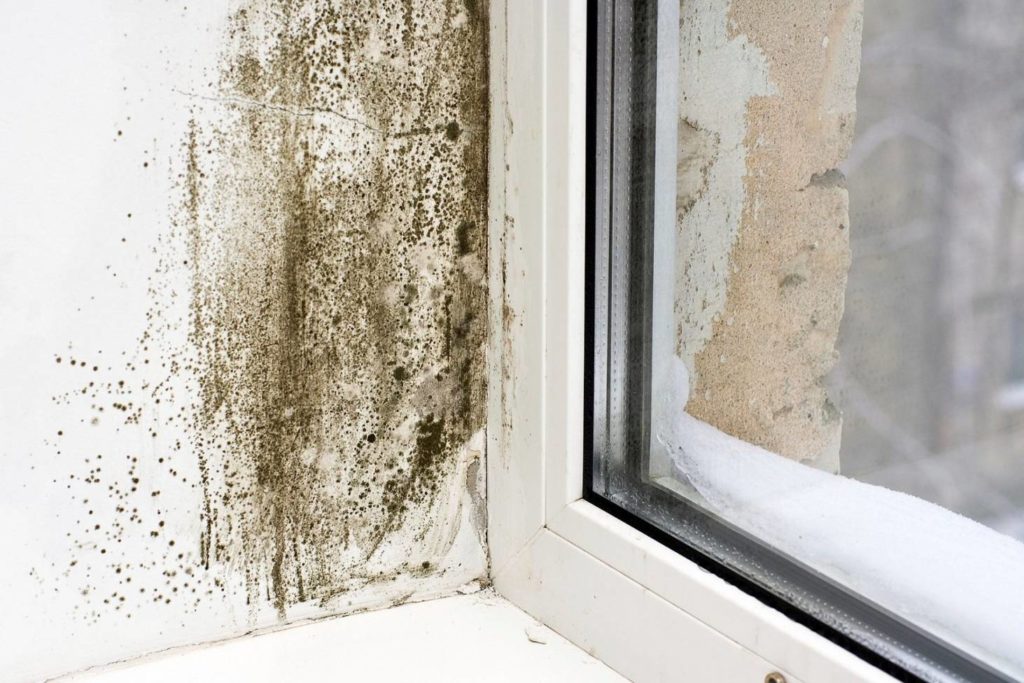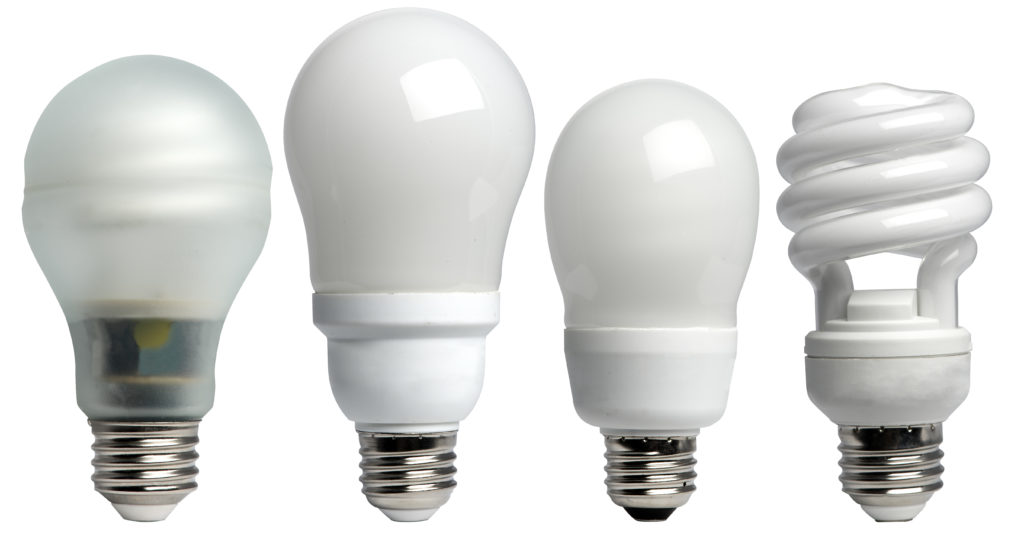HomeSmart Renovations was a large scale, New Zealand-wide renovation project. Its goal was to test what it takes to get consumers retrofitting to improve their homes’ performance.
From our early research
Earlier live research projects (the Waitakere NOW Home and the Papakowhai Renovation project) have investigated how to make homes perform better, creating homes that are warmer, drier, healthier, more resource efficient, more comfortable and cost less to run. Unsurprisingly, this earlier research identified that standard renovation packages currently in place across New Zealand fall well short of achieving any kind of sustainability standards.
It suggested that the performance of the whole house needed to be considered, and that:
- It’s important to insulate the full thermal envelope, including the walls
- Efficient heating must accompany a thermal retrofit
- Hot water cylinder wraps are a great energy efficiency measure and should be widely applied
- Solar hot water systems can perform well, even in winter
- Low-flow showerheads should accompany hot water conversions
These findings underpin the advice offered to homeowners in the HomeSmart Renovation project.
The research goal
HomeSmart Renovations aimed to test what it takes to get consumers retrofitting to improve their homes’ performance. It focused on whether homeowners provided with independent advice on achieving an affordable and effective retrofit, will continue on to make the changes needed to bring homes to the High Standard of Sustainability.
Surveys and interviews indicated what actions homeowners took and how their attitudes to renovation changed as they became more informed about home performance. In particular, we wanted to know:
- Was our advice useful?
- Did it result in renovations that improved the home?
- How much did home performance improve? (energy savings, water savings, warmer temperatures, lower humidity)
- What were the benefits for homeowners? (lower power bills, lower water rates, better health, greater enjoyment of the home)
The process
650 participating homeowners had their home’s performance assessed by independent assessors. The assessment reviewed all aspects of performance – energy, water, waste and the living environment.
Each homeowner then received a HomeSmart Renovation Plan, tailored to their home, outlining what steps to take, and in what order, to bring their homes to Beacon’s High Standard of Sustainability, a set of benchmarks for a high-performing home.
Critical to the project were a series of homeowner surveys and interviews to find out what steps the homeowner actually took, based on the renovation plan.
Participating homes were monitored, before and after renovation, for energy and water use, as well as indoor humidity and temperature. Monitoring of homes before renovation gave a large scale snapshot of the actual performance of homes across New Zealand. Post-renovation monitoring showed the extent to which homes became warmer, drier and more resource efficient.
The Renovation Plans
It’s often difficult for homeowners to know what steps to take to make their homes healthier and what renovations will be most cost effective.
The HomeSmart Renovation Plan aimed to provide the information to answer these questions.
Based on the assessments, the Renovation Plan showed homeowners how to get the best return on their investment, by drawing up a detailed pathway to improving the sustainability of their home. The Renovation Plan shows what steps to take, and in what order, to ensure the best results and to allow homeowners to work their way through as time and budget allowed. The Renovation Plan took a whole-of-house approach and was independent of any products or manufacturers.
The results

Household motivations
Most people who participated in our study wanted to be warm. Although most households had several reasons for joining the study, the majority (58%) said their main reason for renovating was to achieve a warmer and more comfortable home. Having a healthier home, being kinder to the environment, and saving money were popular reasons for renovating.
As people went through the project, we noticed that they changed their renovation priorities, based on the information in the Renovation Plan and newsletters. Insulation and double glazing moved up the priority list as participants focused on improving the performance of their home.

House condition
One of the things we were particularly interested in was which houses needed the most improvement. The bulk of the homes were built in 1950s through the 1970s, before insulation was first required in the Building Code. Only about 7% of homes were built in the last 20 years, with a smattering of very new homes.
The data showed that house performance problems occur in all ages and types of New Zealand homes – including very modern homes. A large number of houses in the study had some fundamental performance problems:
- 55% of houses had no ceiling insulation, or so little it was completely ineffective
- 42% had no underfloor insulation
- 67% had no wall insulation
- 25% of homes were damp under the floor
- 55% of homes needed draught stopping
- 22% had leaky gutters

Indoor temperatures
Average evening temperatures in monitored homes were 17.79°C – ideally homes should be a minimum of 18°C and 21°C is recommended for young children, older adults, or sick people.
There were some very chilly homes in the study – the lowest average living room temperature in the evening was 11.86°C with the lowest average overnight of 8.2°C. Bedrooms were generally much colder than living rooms. Less than 5% of homes had healthy temperatures overnight in their bedrooms.
Based on recommendations in the Renovation Plans:
- 65% of the households installed ceiling insulation
- 56% installed underfloor insulation
- 33% installed wall insulation
- 24% installed double/secondary glazing
- 47% upgraded their heating.

Indoor dampness
Before renovation, most householders reported some signs of dampness:
- 31.5% used dehumidifiers
- 47.1% had mould or damp related stains
- 13.7% reported always or often having black stains or mould on ceilings or walls
- 57.6% reported musty smells after a week of being closed up.
- 24.5% had leaks or dampness under their floors.
The In-Home Assessments found 63.2% had mould or mildew inside and 55.4% had condensation on bedroom windows in winter. The humidity sensors revealed that even homes with no mould or musty smells still had dampness problems. Auckland homes were more likely to be damp than other parts of New Zealand. Christchurch homes were among the driest, but still many had dampness problems.
We were very surprised to see how few people picked up on the recommendations to reduce moisture and dampness in the home. Only 6.7% installed a recommended rangehood or kitchen extractor, and only 7.2% installed bathroom extractor fans

Saving energy
Although HomeSmart Renovation participants were overall lower energy users than the general population – about half of all households met Beacon’s High Standard of Sustainability benchmarks for energy use – temperatures and moisture levels were still high in these homes.
About 20% of participants were very high energy users, using more than 12,000 kWh of electricity and gas each year. However, these households were often not warm – many wasted energy trying to heat uninsulated homes with inefficient heaters.
There was very little use of compact fluorescent lightbulbs – 16.4% of homes have no CFLs while the majority of dwellings have ten or less CFLs.

Water efficiency
Most homeowners did not prioritise saving water. Only 8.6% wanted to reduce water consumption, even though 27.5% of householders received direct water bills.
Interestingly, perceptions of water use were very inaccurate. 71% of participants thought they weren’t high water users, yet only 45% actually met Beacon’s High Standard of Sustainability benchmark for water use. The most water-efficient households were in areas that were metered and directly charged for water use.
The In-Home Assessment found that:
- 65.1% of homes had a cold tap flow of over 6 litres/minute.
- 29% of the showers had flow rates of over 9 litres/minute.
- 89.6% of homes had no way to capture rainwater.
Few households took measures to reduce water use in the home, even though they are often very easy to implement and cheap to install.

Usefulness of plan and information
Over 70% of participating homeowners found their individualised Renovation Plan, supported by information in the form of a Homeowner Manual and newsletters, useful.
Importantly, the In-Home Assessment and Renovation Plan generated a more realistic understanding of the condition of the householders’ dwellings.
As a result of the Renovation Plans, most concentrated on improving thermal performance; fewer took up recommendations for managing internal moisture, water efficiency measures and solar hot water heating

What else is in the knowledge base?
- HomeSmart Renovations: Early data from homeowner interviews
- New Zealand typologies to inform energy retrofits
- Household typologies: Current stock prevalence
- Assessing the viability of financial incentives for sustainable housing initiatives
- House owners and energy: Retrofit, renovation and getting house performance
- Sustainability options for retrofitting New Zealand houses: Theoretical cost benefit analysis